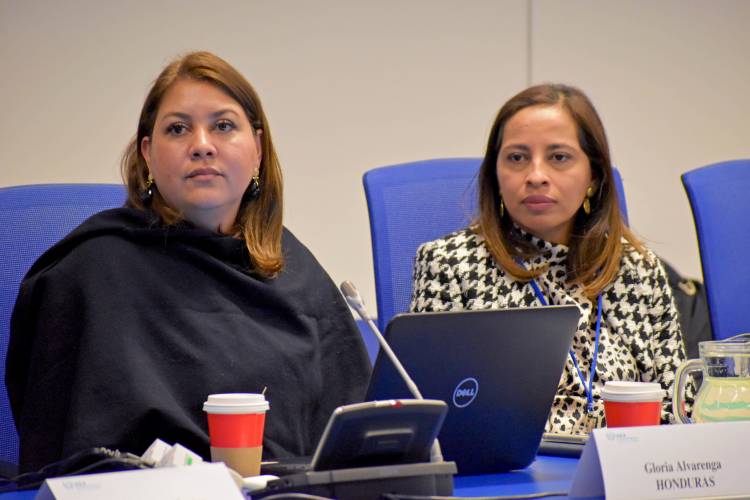Countries in Latin America and the Caribbean face growing energy demands and have identified as a priority the comprehensive analysis of energy supply and demand scenarios. In response, the IAEA launched a regional technical cooperation (TC) project[1] in 2018 which has trained 210 experts in 15 countries in the use of the Agency’s energy planning tools and methodologies. Following their training, participating experts across the region have developed three sub-regional studies on energy demand and two sub-regional studies on energy supply using the Agency’s Model for Analysis of Energy Demand (MAED) and its Model for Energy Supply System Alternatives and their General Environmental Impacts (MESSAGE).
The final presentation of the project results took place at the IAEA’s Vienna headquarters from 25 to 29 November in the presence of 15 policy-makers, experts and project counterparts from the region, including representatives from the Caribbean Centre for Renewable Energies and Energy Efficiency (CCREEE) and the International Renewable Energy Agency (IRENA).
Latin America and the Caribbean had a total population of almost 638 million people in 2018 and projections by the United Nations Department of Economic and Social Affairs suggest that by 2030 the region’s population will increase to approximately 721 million. This is expected to produce a corresponding growth in demand for energy, presenting an enormous challenge to national authorities as they work to establish the necessary conditions for sustainable social and economic development. Regional disparities in the availability of energy resources is a challenge, but it also presents unique opportunities for planning, collaboration and increased efficiencies.
In developing energy supply and demand scenarios, each country participating in the regional TC project had to review input data and assumptions regarding existing and future energy resources, fuel prices, economic and population growth, structure of energy systems and environmental impacts. The regional energy development scenarios illustrated options to best balance the need to optimize the use of energy resources, to diversify the energy supply, to assure the safe and secure provision of energy, to reduce environmental implications and finally to assure affordable energy costs in the region.







